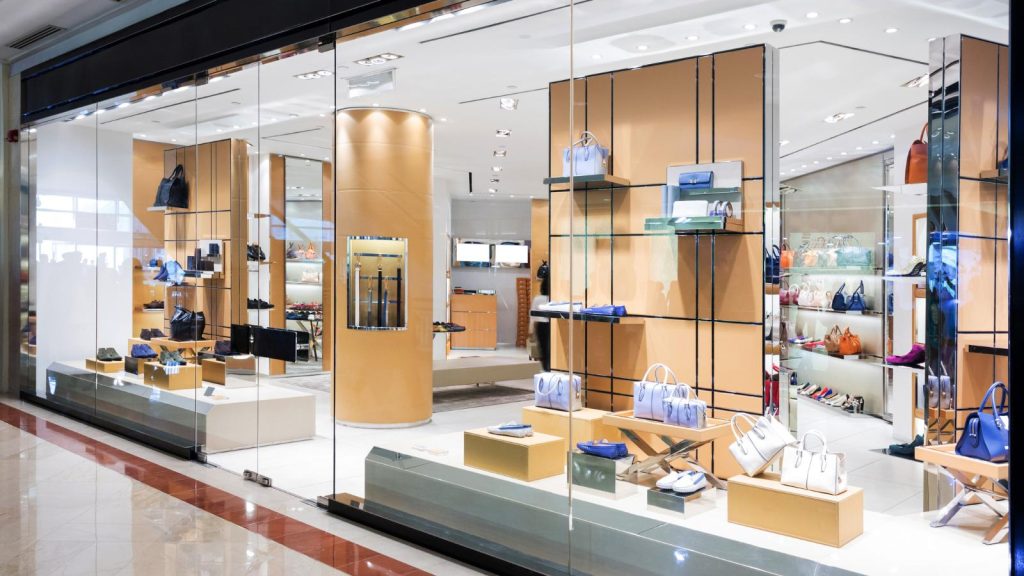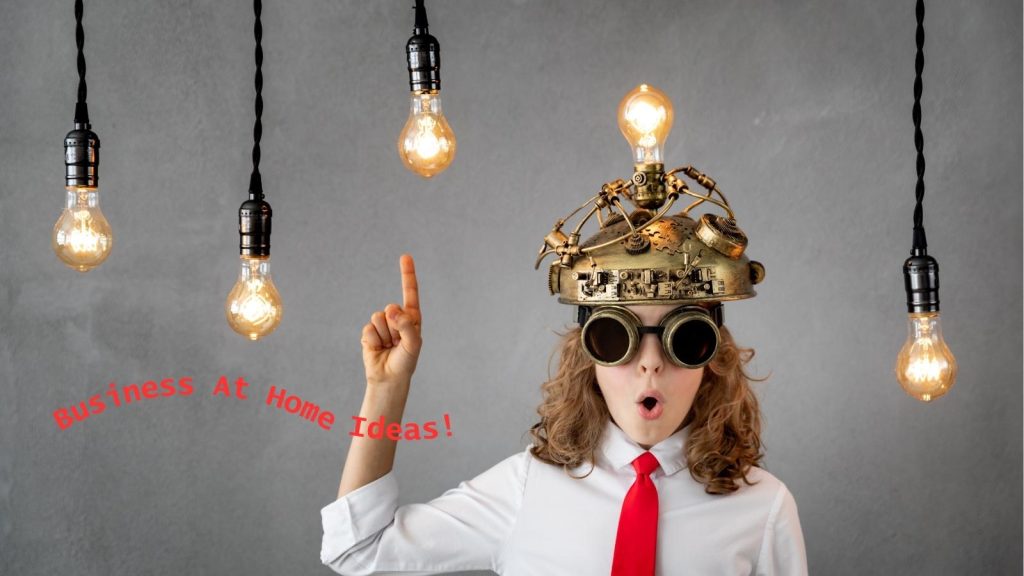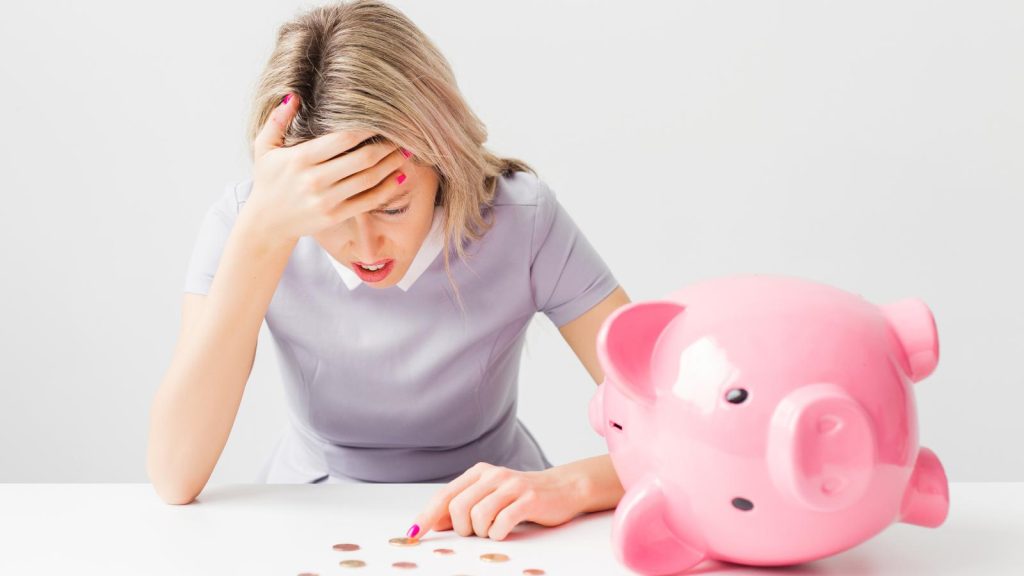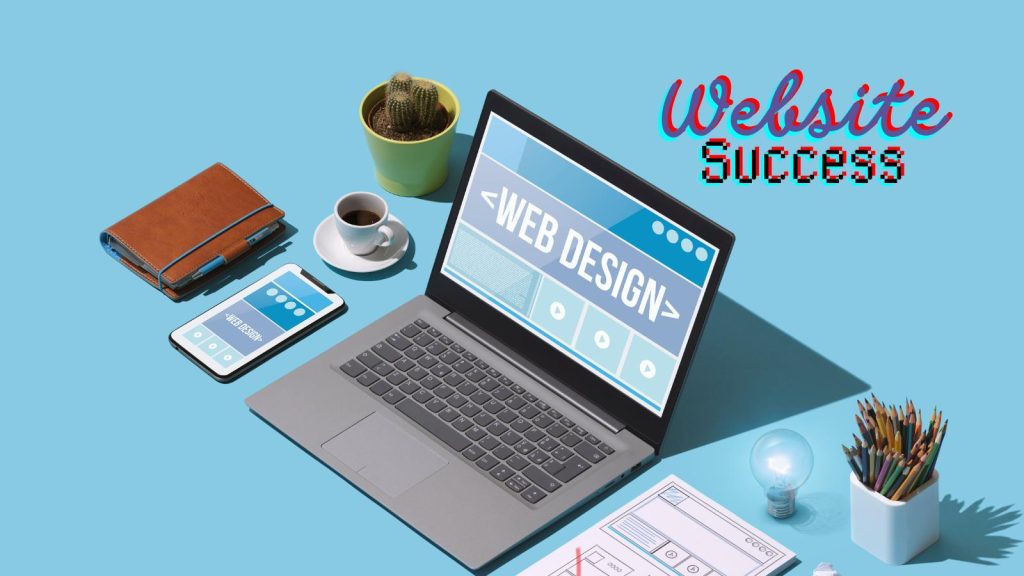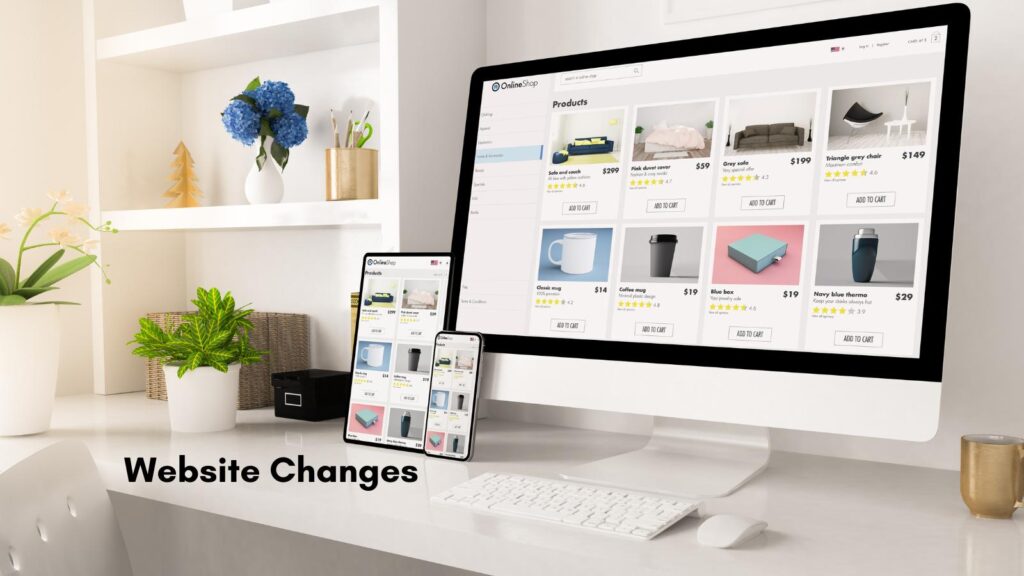Is your retail store layout design not performing as well as it could be? If so, now is the time to take action.
By taking action now, you can boost your sales while ensuring that you provide your customers with the best experience.
This is extremely important as we are about to enter the big fourth quarter of the year. It’s the busiest shopping season of the year.
Table of Contents
Why A Good Design?
A well-designed retail store is essential for maximizing sales. A visually appealing and functional retail store layout design can significantly impact customer experience and ultimately drive more purchases.
When customers enter a store with an attractive layout, easy navigation, and appealing displays, they are more likely to stay longer, explore the merchandise, and make impulse purchases.
A good retail layout design includes elements such as well-placed signage, strategic product placement, and an inviting ambiance, all of which contribute to a positive shopping experience.
By investing in a good design, retail store owners can create a space that entices customers, increases their desire to buy, and ultimately boosts sales.
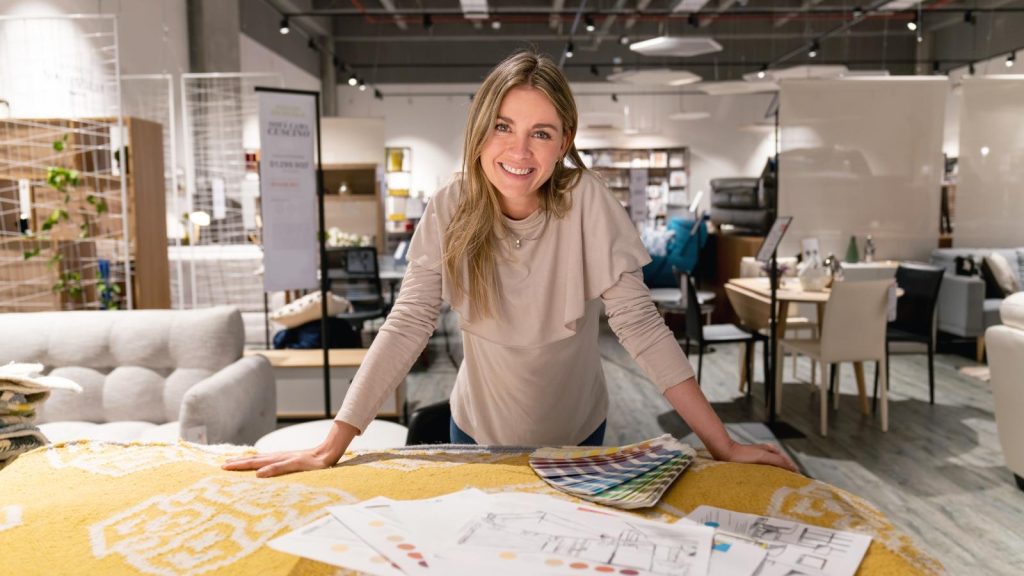
Different Types of Retail Store Layout Designs
There are several different types of store layouts that retailers can use to optimize their space and create an engaging shopping experience for customers.
- The grid store layout, for instance, is a popular choice where aisles are arranged in a simple grid pattern, allowing for efficient navigation.
- The loop layout, on the other hand, guides customers along a circular path, exposing them to various product displays.
- Another option is the free-flow layout, which offers flexibility in positioning merchandise and encourages exploration.
- Lastly, the spine layout features a central aisle, with merchandise displayed on either side, creating a clear focal point.
Small retail stores as well as larger ones should carefully consider their specific goals and product offerings when selecting a store layout design that best suits their needs.
1. Make your Customers Feel Welcome
The first thing you need to do is make sure that your customers feel welcome. Shoppers decide whether or not they like your store within the first 15 seconds. It’s your job to provide them with the warmest atmosphere possible.
The first area is the most important here. You need to make your retail store layout design extra welcoming, and the best way for you to do this would be for you to make it as spacious as possible.
By leaving enough space in the entrance area, you can ensure that your business provides your customers with ample room to move around, which is crucial. Ensure you place your best products by the front door too, as this will generate a lot of visual interest.
If you need help with product placement, consider looking into custom retail displays.
2. Be Strategic With Your Retail Store Layout Design
Most of the time, customers will come into your store, hoping to buy something from you. Make sure that your retail store layout and design are as strategic as possible.
You should keep groupings of your staple items at opposite ends of the store so that customers have to pass additional products along the way. The best thing about this is that it will prompt impulse buys, which will work in your favor overall.
Your customers will also feel as though they are not being pressured into sales, either, which is excellent.
3. Keep your Stock at Eye Level
Your best stock should be at eye level. This is where your products will receive the most attention. Shelves come in handy here, as they can help you with your store design.
Putting your items on the shelves will draw your customers in.
Put any low-profit margin items lower down so people have to stoop down to them. If you use profitability to determine where your products are placed, then this will help you quite a lot, so make sure you are mindful of that.
4. Design A Buying Path For Retail Store Layout Design
You also need to design a buying path. Your store does have the power to dictate the path that people take when they enter your store. It should direct shoppers to their desired destination with a retail store layout design.
Controlling how shoppers browse your store will increase the likelihood that they will buy items. Attention-grabbing displays are great for enticing people to go down an aisle, so be sure to place them at the end.
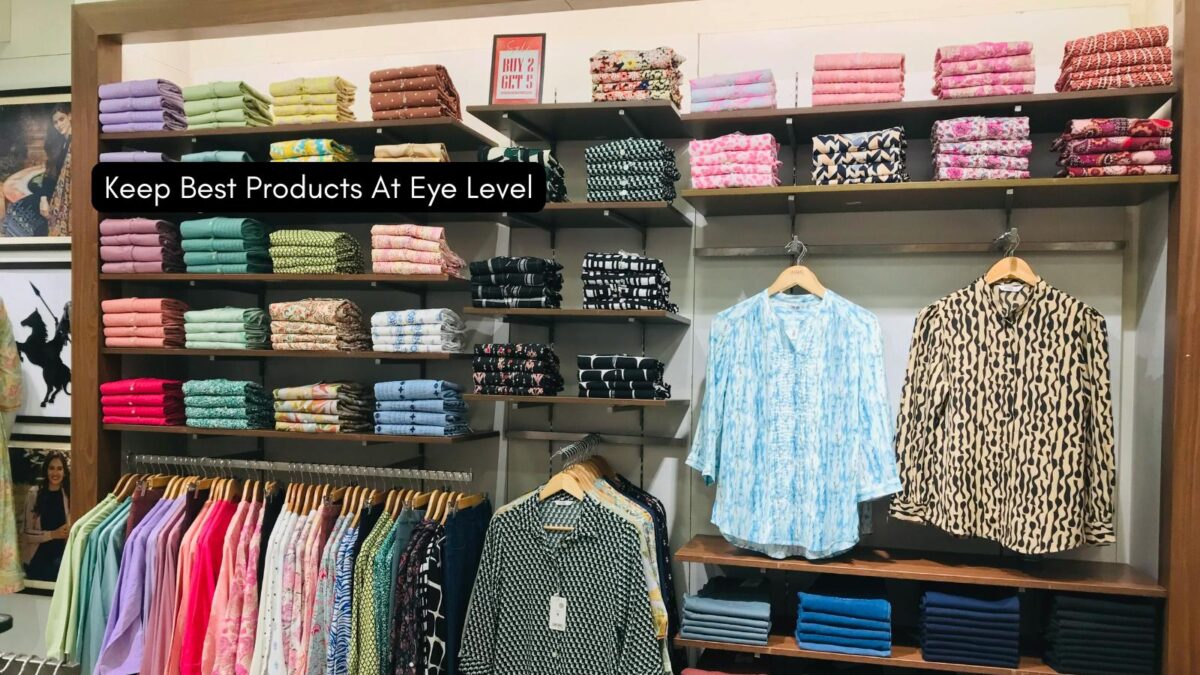
You can also use footprint stickers to draw attention to the path you want people to take.
Conclusion: Retail Store Layout Design
Little things like this might not take a lot of effort to implement, but at the same time, they are a fantastic way for you to get the result you want out of your store’s profitability. With the right retail store layout design, you can increase sales for your store.
Store Layout Design: Common Questions and Straightforward Answers
Store Layout Design: Common Questions and Straightforward Answers
Walk through your store, noting where customers slow down, bunch up, or get confused. Check if shoppers can easily find the checkout, key products, or sale items. Ask staff about bottlenecks and listen to customer feedback. Review sales data for slow-moving items, which may be hard to find.
What’s the best way to use signage for guiding shoppers?
Use clear, simple signs at eye level. Highlight departments, sale items, and special displays. Match signs to your brand. Too many signs can confuse shoppers, so keep messages short and easy to follow.
Why does product placement matter so much?
Product placement affects what shoppers buy. Place top sellers and essentials at the back so customers walk by more displays. Put impulse buys near the register. Rotate product locations periodically to draw interest and keep the store fresh.
How does lighting affect sales?
Good lighting helps products stand out and sets the mood. Bright, even lighting works well for most retail stores. Accent lighting draws eyes to promotions or new arrivals. Dim or yellowed lighting can make products and even the store itself look outdated or unattractive.
Should my store layout be the same year-round?
No, change your layout for seasons, new arrivals, and sales. Temporary displays and refreshed layouts keep shoppers curious and returning. Small changes, such as product groupings or featured tables, make the store feel more lively.
How does flow influence shopping time and spending?
A logical flow keeps shoppers moving throughout the store, exposing them to more products. Use pathways and focal points to guide shoppers, encouraging more extended visits and bigger spending.
How often should I review and update my store layout?
Review your layout every few months, especially after busy seasons or sales. Ask your team and loyal customers what works and what doesn’t. Regular tweaks help you spot problems before they hurt sales.
Want more design tips for your small business? Check out the Small Biz Tipster blog for more practical advice.
